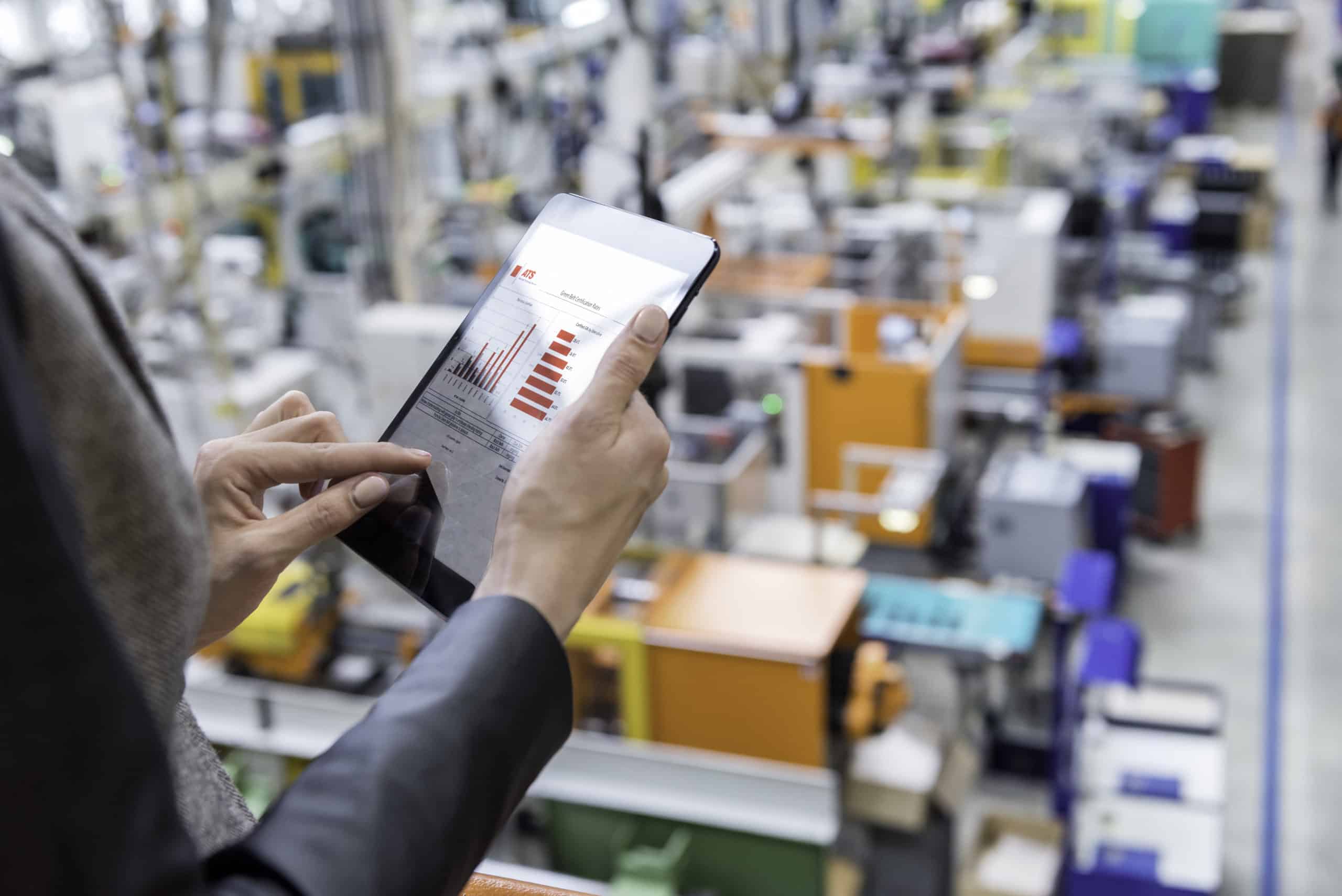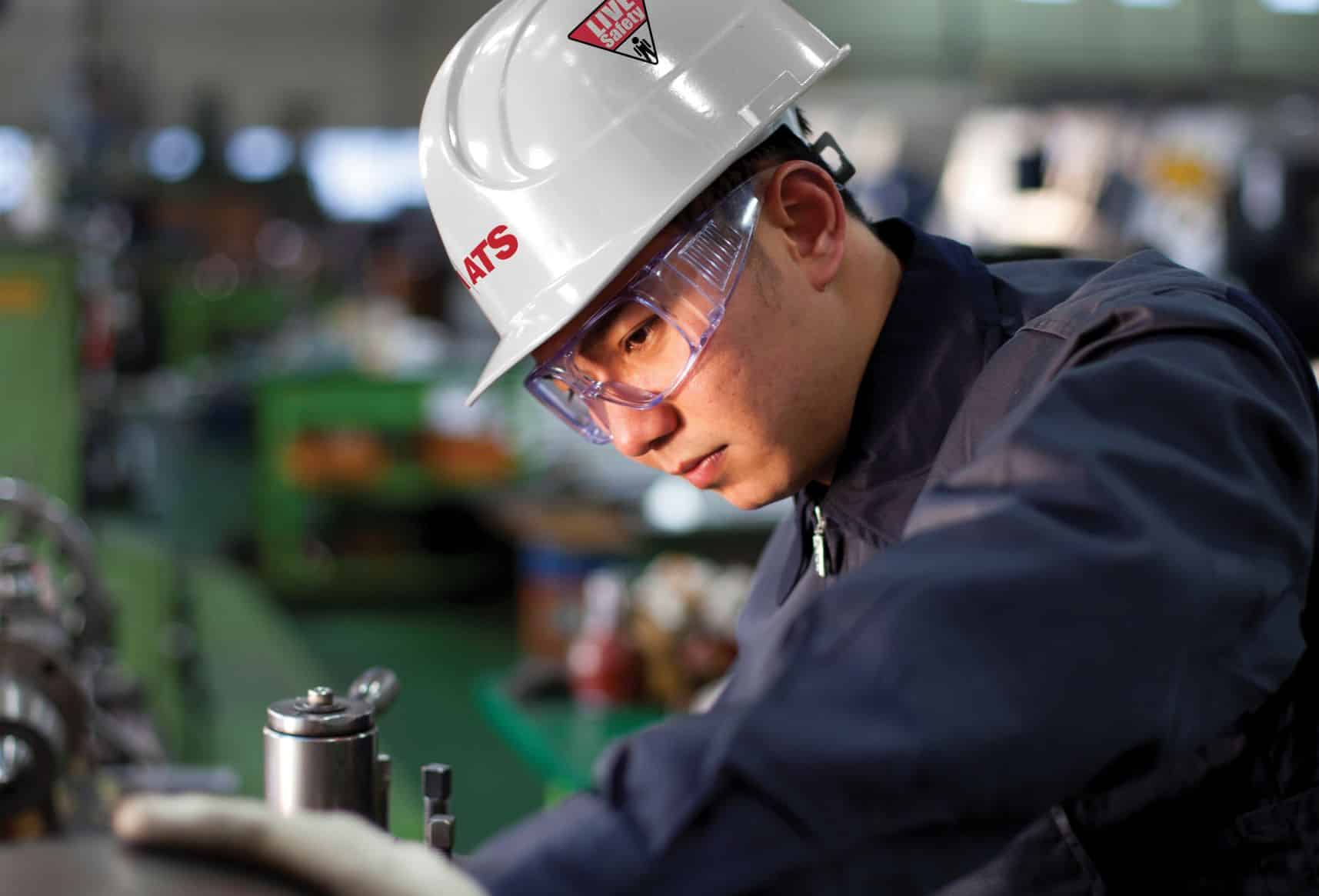Maintenance is an integral component of operating manufacturing equipment.
Keeping your facility’s industrial equipment in good working order is essential, and ideally you want to make sure you address any minor issues before they lead to costly shutdowns. Utilizing predictive and preventive maintenance helps ensure you stay on top of everyday wear and tear.
Although these might sound like the same thing, they aren’t. Preventive maintenance refers to any work that’s done on a regular schedule, while predictive maintenance is performed on an as-needed basis.
Read on to learn more about the difference between preventive and predictive maintenance as well as why both should be a key element of your operations.
Preventive maintenance
You’re most likely familiar with preventive maintenance (PM). The theory behind preventive maintenance is to take regular steps to prevent problems before they occur. Preventive maintenance has several characteristics:
- Is planned at regular intervals
- Requires machine downtime to carry out
- Often consists of a checklist including equipment and component inspection, calibration, cleaning, repair and replacement
- May occur at different intervals — your facility may have a daily regimen of machine cleaning and inspection at the beginning and end of shifts cycles and may also have more comprehensive semiannual/annual checks
- Occurs even if identifiable issues are present
Essentially, preventive maintenance is a collection of best practices and averages that zeroes in on an identified interval that gives you the best odds of catching issues before they start. It continues to be practiced because it is highly effective for many organizations.
Predictive maintenance
Predictive maintenance (PdM) is a growing field with options for connectivity and data collection continuing to be developed. In fact, the McKinsey Global Institute reports that implementation of PdM practices across manufacturing will have a $240-$627 billion cost savings across the industry. Like preventive maintenance, it is a proactive approach. The main difference between preventive and predictive maintenance is that predictive maintenance utilizes condition-monitoring equipment to assess the performance of assets through a more real-time, data-driven approach, therefore, identifying the potential for issues before they occur.
While preventive maintenance relies on best practices and historical data, predictive maintenance takes measurements from machine operations as they are occurring and uses this data to raise red flags when indications of a problem are noted. In summary, predictive maintenance:
- Is proactive
- Can be performed as the machines are running in their normal production modes
- Identifies and addresses potential problems, allowing maintenance to occur before a failure happens
- Relies on interconnected measurement and data collection systems as well as tools and personnel to analyze that data
Predictive maintenance vs. preventive maintenance
When it comes to preventive vs. predictive maintenance, there are key benefits and challenges presented by each type of maintenance, based on the qualities previously identified. Note that with two proactive approaches, some of the benefits will overlap.

Preventive maintenance
Benefits:
- Proactive
- Limits unplanned downtime
- Increases equipment lifespan
- Is efficient, especially with experienced personnel
Challenges:
- May be addressing problems that don’t exist — maintenance occurs regardless of identified issues
- Requires more extensive inventory management for replacement components
- Increases planned downtime
Predictive maintenance
Benefits:
- Proactive
- Identifies actual issues early on so that they can be addressed
- Shorter downtime
- Improved inventory efficiency — parts are not run to failure, but are also not replaced while still usable
- Presents extensive options for maintenance practices based on real-time analytics
Challenges:
- More complex than preventive maintenance
- Not as scheduled as preventive maintenance — downtime may still be considered unplanned though it is shorter, more efficient downtime
- May require new equipment and technology infrastructure in order to collect and share data with a centralized system
- May require additional personnel or training of existing personnel
Looking for further assistance to determine which maintenance approach makes sense for your plant? Contact us today to find out how we can help.


